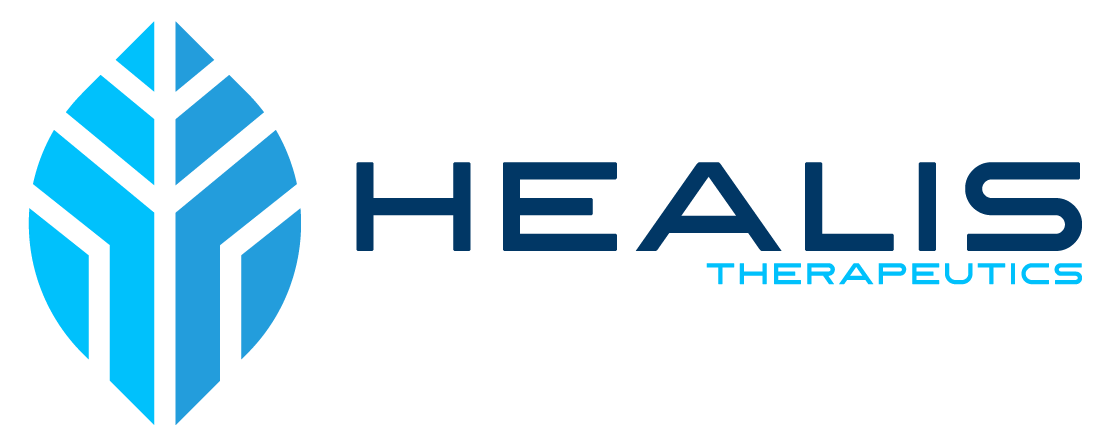Commentary on Brin et al (2020) Phase II trial studying BoNT for Major Depressive Disorder
As of October 2022, 10 randomized controlled trials (RCTs) of botulinum toxin for depression have been performed independently in the U.S., Germany, France, Iran, and China.
Nine RCTs have shown that botulinum toxin is a strong antidepressant. One trial, Brin et al., had mixed results. This Phase 2 trial had three arms: a 30 unit dose, a 50 unit dose, and placebo. Only the 30 unit arm demonstrated significance over placebo, but not at every time point, while the 50 unit arm was not significant.
There are two key differences in methodology between this RCT and the other nine RCTs.
1. Trial design excluded patients with severe depression, increasing the placebo response
Patients in this Phase II study were only required to be depressed for one month. This likely increased the placebo response. Previous and subsequent studies recruited subjects with a longer history of depression, including subjects who had been depressed for several years. Patients who had serious enough depression to have tried and failed an oral antidepressant, electric shock therapy, ketamine, or vagal nerve stimulation were excluded from the trial. This likely led to a selection of patients who were not severely depressed, potentially increasing the placebo response. Most patients suffering from significant depression will try one of the many oral antidepressants. All nine other RCTs included patients who failed another therapeutic intervention. Selection of patients who are more depressed is well established in psychiatry to improve the signal to noise ratio, thus allowing clear separation from placebo.
2. The rate of side effects was significantly larger than expected, potentially due to incomplete injection administration
The incidence of ptosis, or eyelid drooping, was 5% in this study. An experienced injector will rarely see ptosis, suggesting an inaccurate injection protocol was followed. Notably, the injections were performed by psychiatrists who assessed depression scores. Psychiatrists attended a one day course and then, months later, injected patients. While injecting properly is easily taught, it requires mentoring over time, with hands on supervision with many patients, to appreciate the differences in anatomy between individuals. The psychiatrists who injected likely did not have the necessary injection experience or supervision required to properly execute the injection protocol.
These two challenges in trial design likely contributed to a higher placebo response compared to the other nine RCTs. When patients respond quickly in the placebo arm it is more difficult to distinguish a therapeutic effect in a small trial. This well known problem in psychiatric trials must be solved for with careful trial design, selecting the right inclusion/exclusion criteria for patients with depression and ensuring the injection protocol is followed and executed appropriately.
Eric Finzi, M.D., PhD
